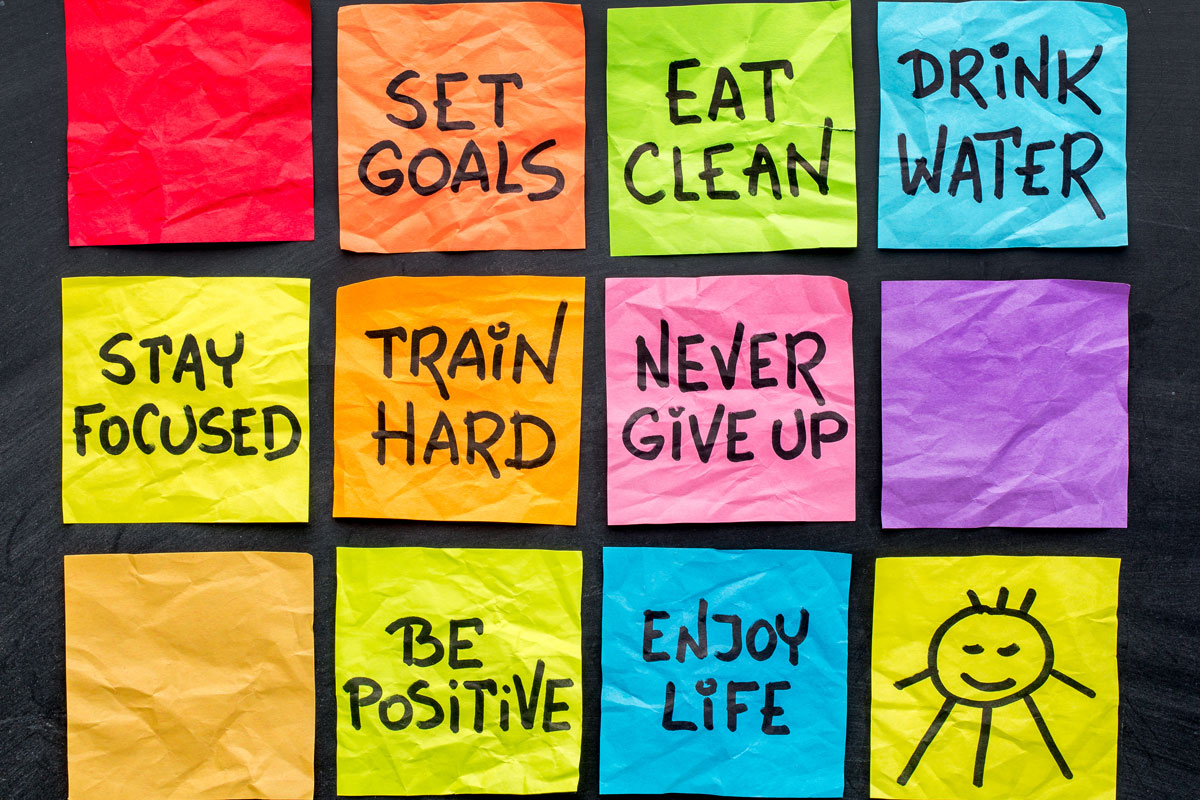
5 Ways to Reach Your Healthful Weight
The concept of weight gain is rather straightforward: Eat more calories than you use through daily activity and exercise, and you’ll wind up with extra pounds and excess body fat.
However, obesity and the health problems that come with it can be rather complex.
“A combination of genetics, inactivity, unhealthy eating habits, lack of sleep, age, pregnancy and more can make weight gain easier for some more than others,” says Lianne Metcalf, a registered dietitian with the Hawaii Pacific Health 360º Weight Management Program at Pali Momi Medical Center.
“Someone who is obese has an increased risk of developing chronic diseases like diabetes, hypertension, heart disease, cancer and breathing disorders,” Metcalf states. “Obesity also can decrease a person’s quality of life due to depression, disability, social isolation and sexual problems.”
Although there’s no quick fix to reaching or maintaining a healthful weight, adopting certain behaviors can change not only the numbers on the scale – they can transform your life!
"Find a good support system or identify someone who is also working on healthy habits to help keep you on track," Metcalf suggests. "Getting the whole family involved will help motivate you and teach good habits to your children."
Here, Metcalf shares five more ways you can reach your healthful weight:
Grocery Shopping
Shop along the perimeter of the supermarket and search for fresh produce, meats and fish, dairy products and whole grains.
Look for low-fat or fat-free products, including skim milk and lean meats.
Avoid convenience foods located in the middle of the store, like fast foods, frozen foods and packaged foods. These products often are higher in calories, sodium and fat.
Supporting your local farmer’s market also is a great alternative for purchasing nutritiously fresh produce.
Portion Control
After buying foods that will provide you with the nutrients you need, be sure to keep food portions in mind.
Try eating off of a salad plate instead of a regular one. The representation of food on your plate should include:
- 1/2 of the plate of fruits and vegetables.
- 1/4 of the plate of a whole-grain carbohydrates (whole-wheat pasta, brown rice, oatmeal, etc.).
- 1/4 of the plate of lean protein.
Avoid Drinking Calories
Liquids are easy to drink but don’t give the same sensation of fullness as food. Many also are loaded with added sugars and calories.
For example, drinking one 20-ounce bottle of regular soda every day for one year could mean you’ll be ringing in the New Year 25 pounds heavier!
Know that smoothies and fruit juices can have just as many calories as soda, sometimes even more.
Stick to drinking water or other non-caloric beverages. If plain water tastes a little bland, try adding fruit or mint leaves to give your H20 an extra kick.
Exercise
Find the motivation to achieve the recommended 30 minutes of physical activity five times per week. Investing in a pedometer to track your steps (aim for 10,000 steps or more every day) can also help prevent a sedentary lifestyle.
If dedicating a single block of time to your workouts is too difficult for your schedule or seems too intimidating at first, remember that walking for just 10 minutes, three times a day is beneficial for your health!
Mindful Eating
Avoid overeating by remembering to focus on your meal. Take time to enjoy the smells, tastes and textures of your food.
Eliminate distractions, like watching TV, while eating so you can pay attention and notice when you feel full.
Keep in mind that your habits didn’t form overnight, so don’t expect them to break overnight.
Start small. The more gradual the weight loss, the easier it will be to keep the pounds off and avoid relapsing to old ways.
"Small increases in progress will lead to long-term success," Metcalf says.
Published on: February 5, 2016




